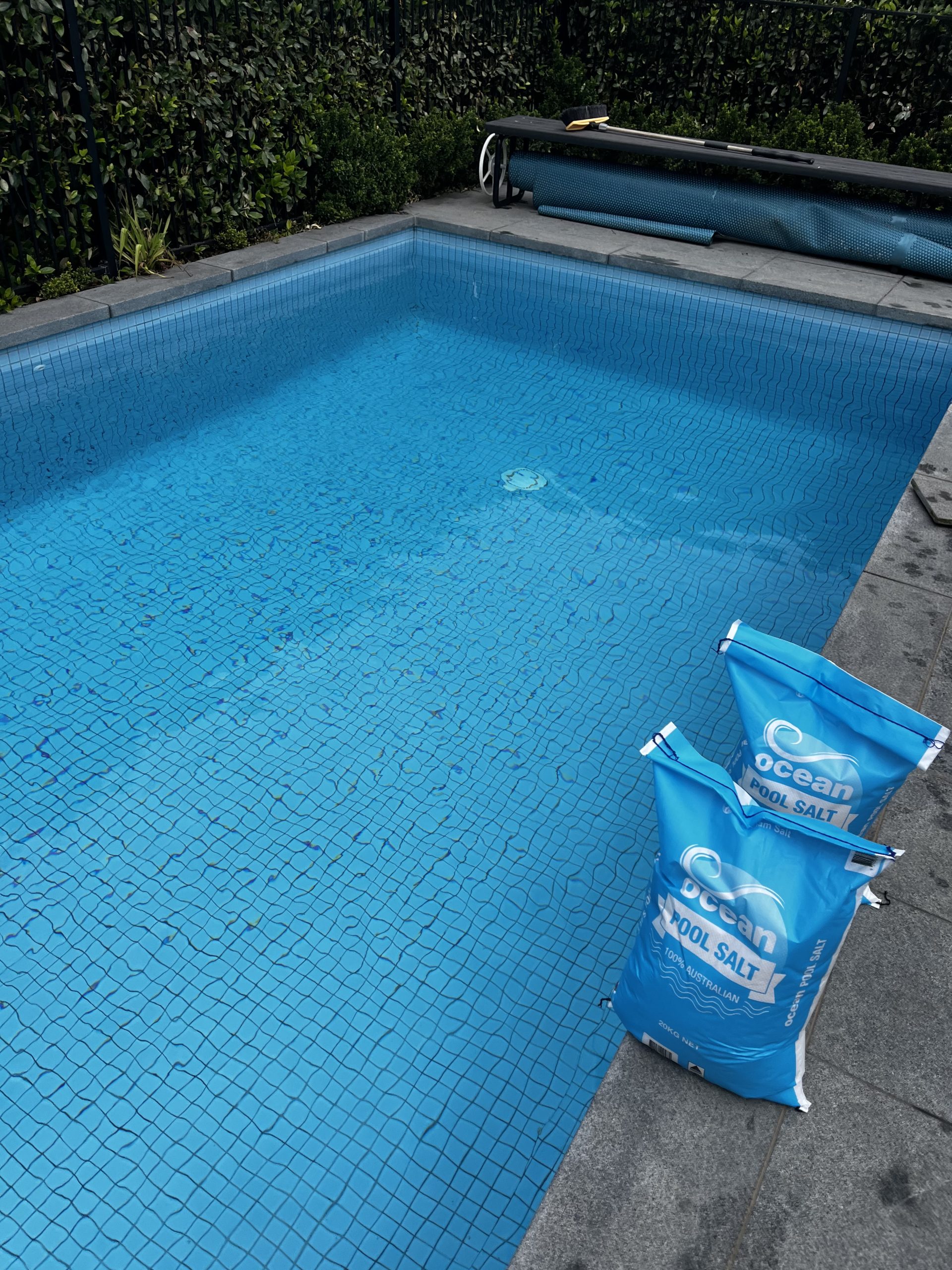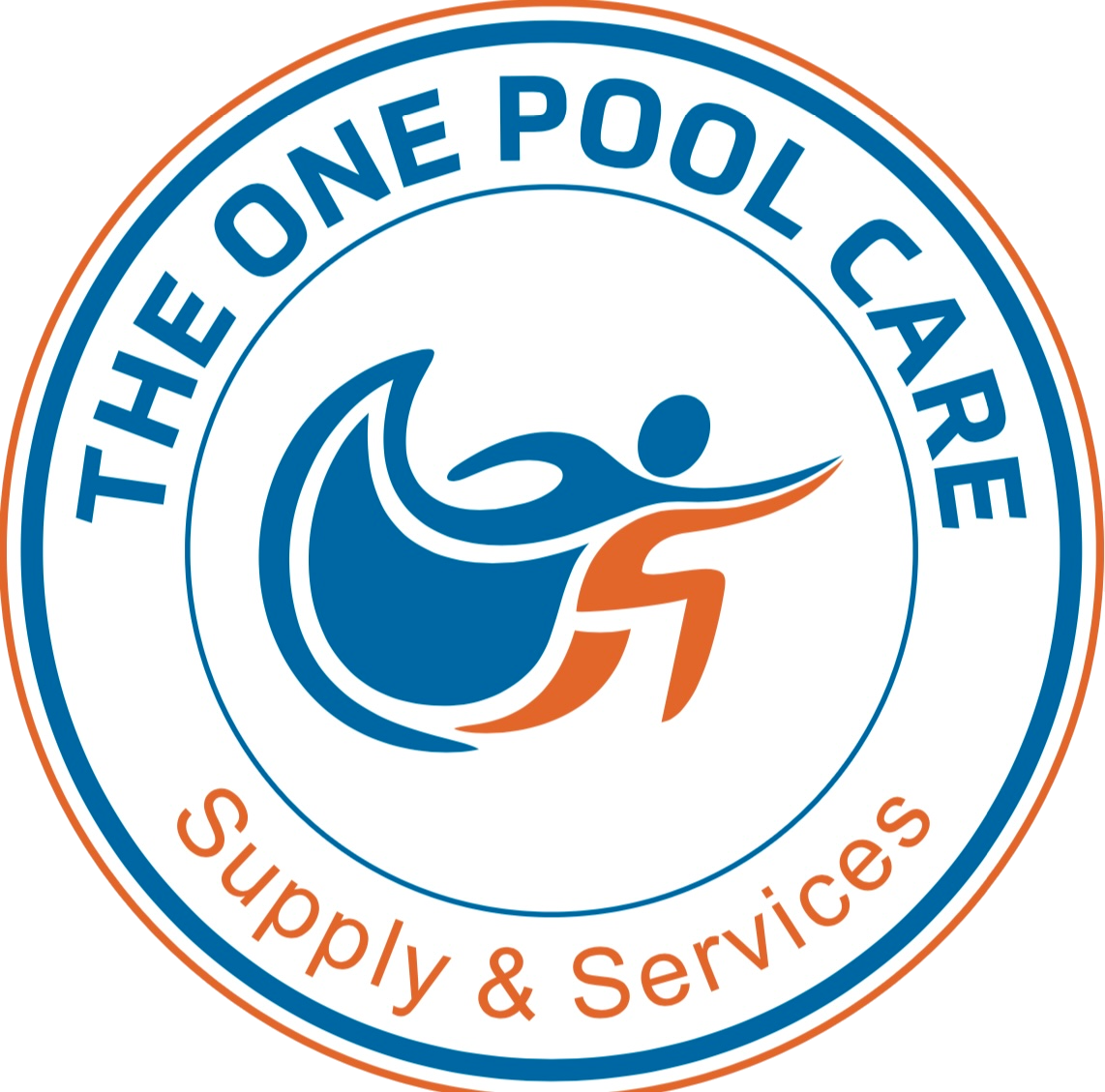Saltwater pools have become increasingly popular in Melbourne, Australia, due to their gentler feel on the skin and reduced chemical usage. Operating a saltwater pool and its chlorinator correctly can ensure a clean, safe, and enjoyable swimming experience. Here’s a comprehensive guide to help you manage your saltwater pool effectively, along with some expert tips.
Understanding Saltwater Pools
How Saltwater Pools Work: Unlike traditional chlorine pools, saltwater pools use a salt chlorinator to generate chlorine. The chlorinator converts salt added to the pool into chlorine through a process called electrolysis. This provides a continuous supply of chlorine, keeping your pool water clean and sanitized.
Setting Up Your Saltwater Pool
1. Adding Salt: The first step in setting up a saltwater pool is adding the appropriate amount of salt. The recommended salt level for a saltwater pool is typically between 2500-3500 ppm (parts per million). Consult your pool’s manual for specific requirements.
2. Installing the Chlorinator: Install the salt chlorinator according to the manufacturer’s instructions. It’s usually installed in-line with your pool’s filtration system. Ensure that the chlorinator is compatible with your pool size and type.
3. Balancing the Water Chemistry: Before operating the chlorinator, ensure the pool water is balanced. Test and adjust the pH, alkalinity, and calcium hardness to their optimal levels. The ideal pH range for saltwater pools is between 7.2 and 7.6.
Operating the Salt Chlorinator
1. Turning on the Chlorinator: Once the salt is dissolved and the water chemistry is balanced, turn on the chlorinator. Set the output level according to the manufacturer’s recommendations and your pool size.
2. Regular Monitoring: Regularly test the chlorine and pH levels to ensure the chlorinator is functioning correctly. Adjust the chlorinator output if necessary to maintain optimal chlorine levels, typically between 1-3 ppm.
3. Cleaning the Chlorinator Cell: The chlorinator cell needs periodic cleaning to remove calcium buildup. Follow the manufacturer’s instructions for cleaning, which often involves soaking the cell in a mild acid solution.
Maintenance Tips for Saltwater Pools
1. Monitor Salt Levels: Check the salt levels regularly using a saltwater test kit. Add salt as needed to maintain the proper levels. Low salt levels can reduce the efficiency of the chlorinator.
2. Regular Filter Cleaning: Clean your pool’s filter regularly to ensure proper water circulation and filtration. This helps the chlorinator work more efficiently.
3. Check Water Balance: Even with a salt chlorinator, it’s essential to regularly test and balance the pool water’s pH, alkalinity, and calcium hardness to prevent scale buildup and corrosion.
4. Inspect Equipment: Regularly inspect the chlorinator and other pool equipment for wear and tear. Replace any worn-out parts to keep the system running smoothly.
5. Winterizing Your Pool: In Melbourne’s cooler months, you may need to reduce the chlorinator output or turn it off if the pool is not in use. Ensure the water chemistry remains balanced even during the off-season.
Benefits of Saltwater Pools
1. Gentler on Skin and Eyes: Saltwater pools are known for being less harsh on the skin and eyes compared to traditional chlorine pools, providing a more comfortable swimming experience.
2. Lower Chemical Usage: With a salt chlorinator, there’s no need to handle or store large amounts of chlorine, making maintenance simpler and safer.
3. Softer Water: The dissolved salt in the pool water creates a softer feel, which many swimmers find more pleasant.
Conclusion
Operating a saltwater pool and chlorinator effectively requires regular monitoring and maintenance, but the benefits make it worthwhile. For professional saltwater pool maintenance and expert advice in Melbourne, visit The One Pool Care. Let us help you enjoy the best swimming experience with your saltwater pool.
Keywords: saltwater pool Melbourne, salt chlorinator maintenance, how to operate a saltwater pool, saltwater pool tips, saltwater pool benefits, saltwater pool maintenance, salt chlorinator cleaning, balancing saltwater pool chemistry, salt level in pool, Melbourne pool care, professional saltwater pool service, saltwater pool setup, pool water electrolysis, saltwater pool vs. chlorine pool, saltwater pool winterizing.
By incorporating these keywords and following these guidelines, you can enhance your website’s visibility and ensure your saltwater pool remains a pristine and enjoyable space for swimming



 Skip the Que – Get a Free Quote in Minutes!
Skip the Que – Get a Free Quote in Minutes!
Leave a Reply